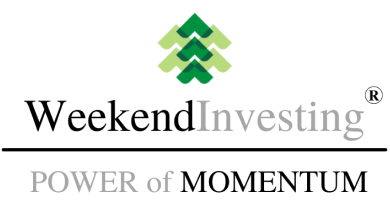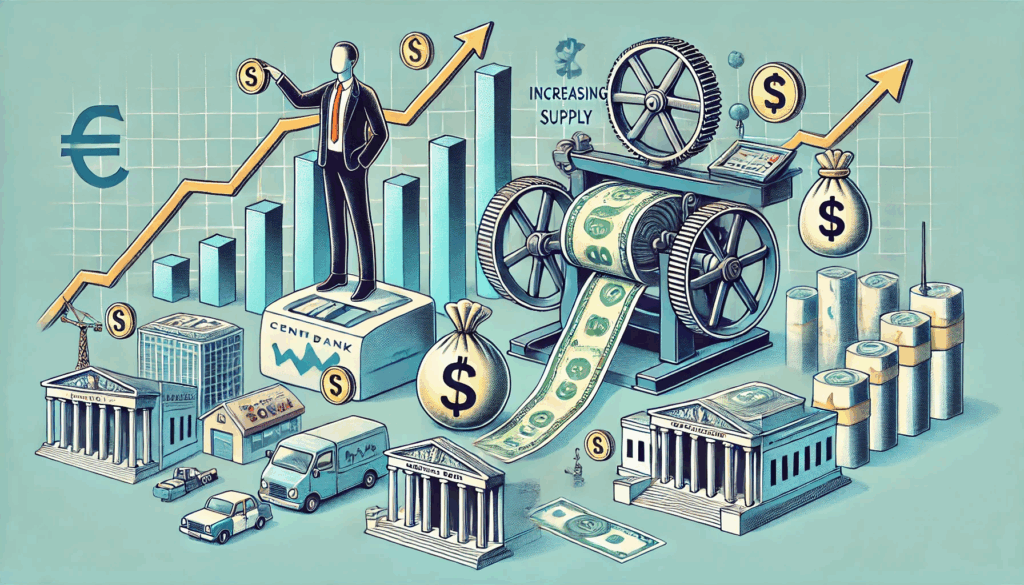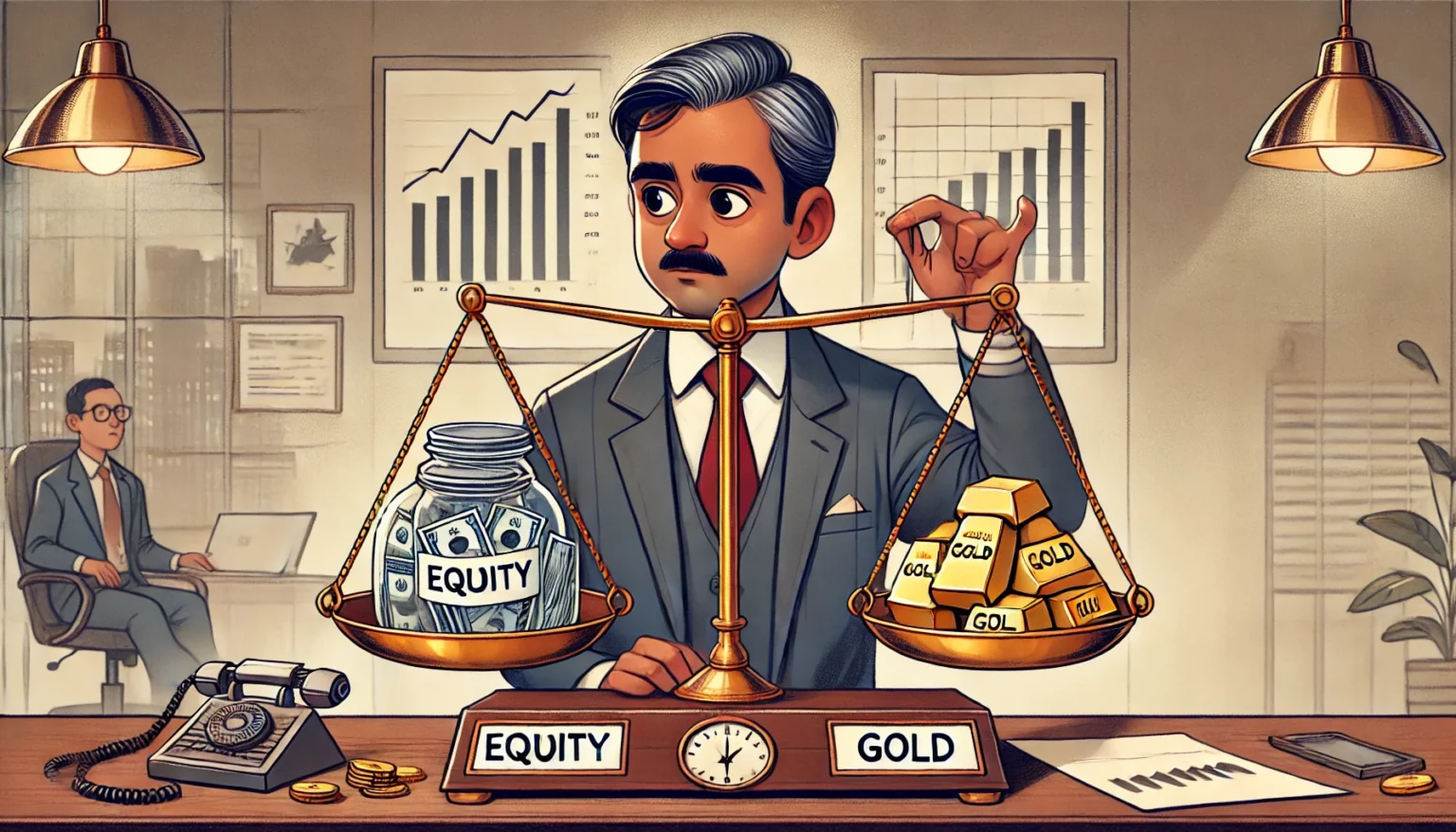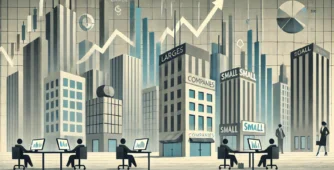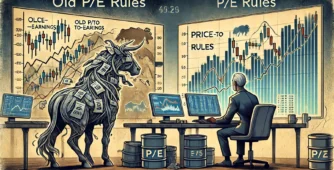Understanding Nominal GDP and Money Supply
Nominal GDP is the total value of all goods and services produced in a country, including the effects of inflation. It is calculated as real GDP plus inflation. From 1960 to 1990 in the US, the ratio of money supply to GDP remained between 50% and 60%. However, during the 1990s, nominal GDP grew rapidly, causing this ratio to drop to around 45%.

Source : Paulsen Perspectives on Substack
Money Supply Growth After 2008
The situation changed after the financial crisis of 2008. Since then, the US central bank has aggressively increased the money supply. In response to economic problems, the common solution has been to print more money and inject it into the market. This has created inflation, which has increased nominal GDP, even when real growth has been weak. Over time, the massive increase in money supply has diminished its impact on GDP.
Too Much Money, Too Little Growth
From around 2005 onward, the money supply grew much faster than GDP. This surplus of money prevented markets from falling for extended periods. Whenever markets dipped, quick liquidity injections helped them recover. In the past, money would typically flow between different asset classes—if real estate prices rose, stocks or gold prices would often decline. However, now all asset classes are rising together.
All Asset Classes Are Rising
Today, most asset classes are near their all-time highs. Gold is approaching its record levels, real estate prices are very high, and stock markets are also at peak levels. This clearly indicates that massive money printing over the last 10 to 15 years has driven up asset prices across the board. However, this increase is not due to real economic growth; it is primarily a result of excess liquidity.
A Game of Perception and Inequality
As asset values rise, those who own any assets may feel wealthier. For example, someone might feel pleased to see their property value increase from ₹1 crore to ₹5 crores. In contrast, individuals without asset ownership are facing higher living costs, as their earnings have not increased at the same rate as asset prices. This disparity is contributing to growing inequality.
The Big Question: What Next?
The boost in money supply is no longer fostering robust economic growth. Monetary policy is losing its effectiveness. The world now faces a significant question: How can we achieve growth moving forward? With high global debt and weak economic performance, the situation is becoming critical. In the past, major wars often led to reconstruction and growth. Some believe the world may be heading toward a similar cycle in the future.
Is your wealth growing with real income or just rising asset prices? Share your thoughts in the comments below! Thanks for reading, and if you found this blog helpful, don’t forget to SHARE it with your friends!
